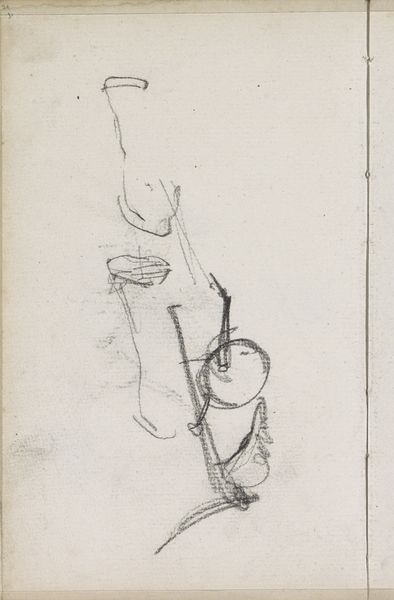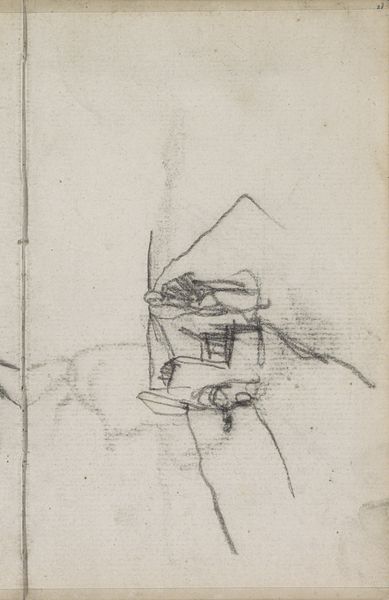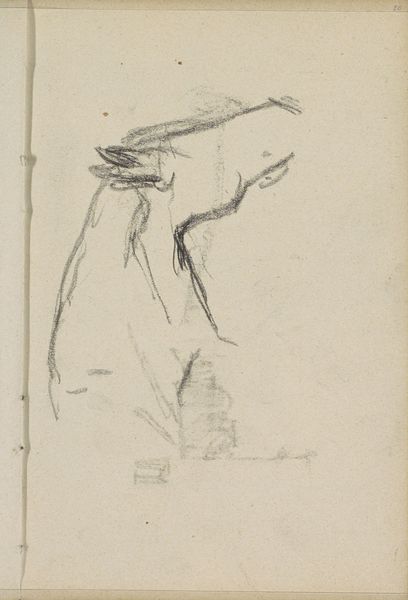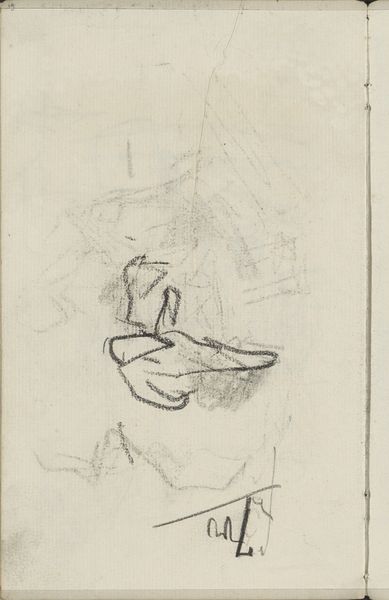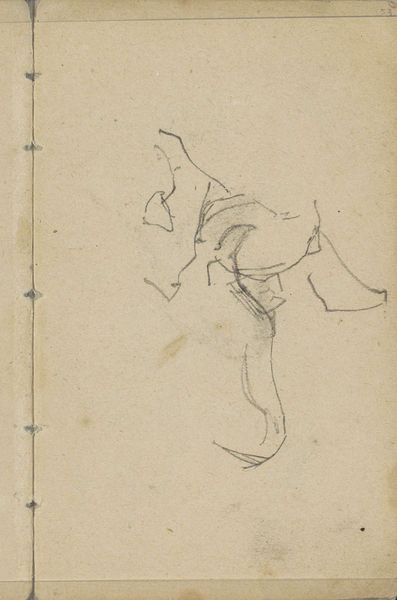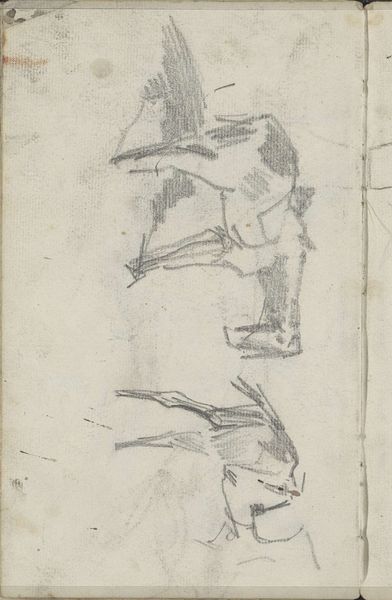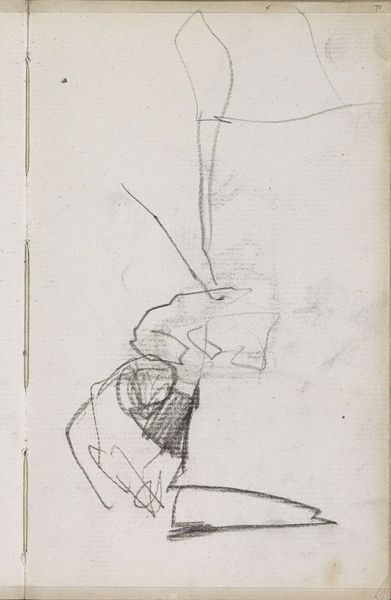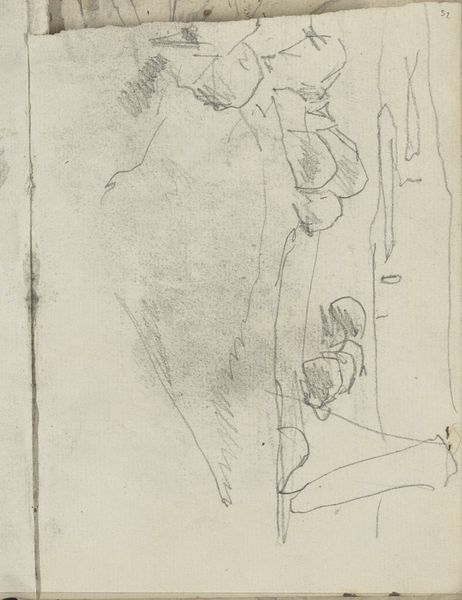
drawing, pencil
#
drawing
#
impressionism
#
pencil sketch
#
landscape
#
figuration
#
sketch
#
pencil
Copyright: Rijks Museum: Open Domain
Editor: This is "Boer, mogelijk zaaiend," a pencil drawing by George Hendrik Breitner, made sometime between 1884 and 1886. The sketchiness gives it an unfinished quality, but there's a powerful sense of movement. It seems like a snapshot of rural life. What can you tell me about it? Curator: This seemingly simple sketch holds a fascinating glimpse into the complexities of late 19th-century Dutch society. Breitner, though associated with Impressionism, often depicted working-class subjects with a stark realism. What strikes me is not just the action of sowing, but the almost anonymous representation of the farmer. It’s less a celebration of rural labor and more of a study of it. Editor: Anonymous? I hadn’t considered that. So you’re saying it reflects the social anxieties of the time? Curator: Precisely! The rapid urbanization occurring in the Netherlands then meant traditional rural life was under pressure. Breitner, through sketches like these, was capturing a disappearing way of life, but also, perhaps, commenting on the social stratification inherent in it. Notice the swift, almost detached, strokes – does it convey intimacy or distance? Editor: It’s definitely more distant, now that you mention it. I suppose I was initially romanticizing it. So the context shifts my perception quite a bit. Curator: Exactly. Considering the socio-political context allows us to read this seemingly simple drawing as something more nuanced – a document reflecting anxieties about changing social structures and the role of the working class in the Netherlands. It prompts us to consider what the rise of industrialization really meant. Editor: This has completely changed how I view Breitner's work. Thank you! Curator: My pleasure. Hopefully, this adds to your understanding and will enrich the listener's appreciation of 19th century Dutch art.
Comments
No comments
Be the first to comment and join the conversation on the ultimate creative platform.
